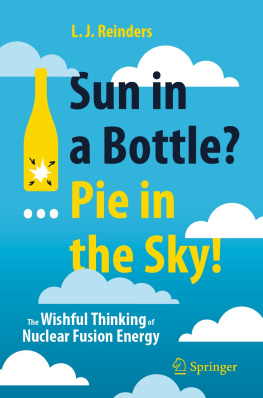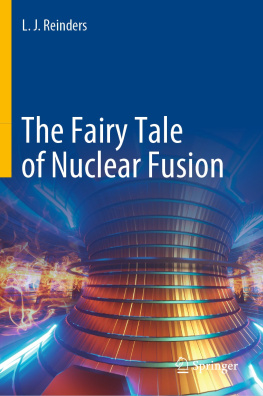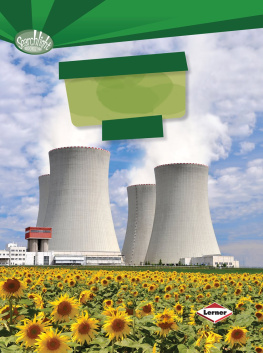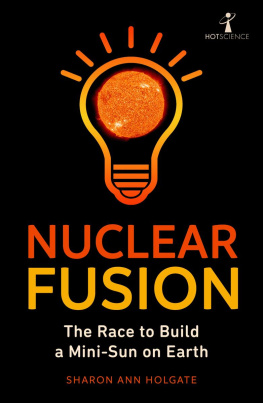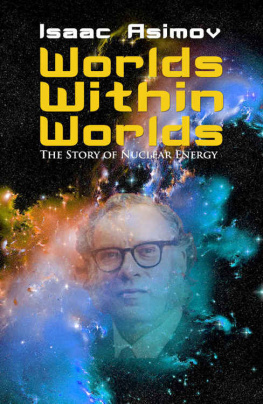L. J. Reinders
Panningen, The Netherlands
ISBN 978-3-030-74733-6 e-ISBN 978-3-030-74734-3
https://doi.org/10.1007/978-3-030-74734-3
The Editor(s) (if applicable) and The Author(s), under exclusive license to Springer Nature Switzerland AG 2021
This work is subject to copyright. All rights are solely and exclusively licensed by the Publisher, whether the whole or part of the material is concerned, specifically the rights of translation, reprinting, reuse of illustrations, recitation, broadcasting, reproduction on microfilms or in any other physical way, and transmission or information storage and retrieval, electronic adaptation, computer software, or by similar or dissimilar methodology now known or hereafter developed.
The use of general descriptive names, registered names, trademarks, service marks, etc. in this publication does not imply, even in the absence of a specific statement, that such names are exempt from the relevant protective laws and regulations and therefore free for general use.
The publisher, the authors and the editors are safe to assume that the advice and information in this book are believed to be true and accurate at the date of publication. Neither the publisher nor the authors or the editors give a warranty, expressed or implied, with respect to the material contained herein or for any errors or omissions that may have been made. The publisher remains neutral with regard to jurisdictional claims in published maps and institutional affiliations.
This Springer imprint is published by the registered company Springer Nature Switzerland AG
The registered company address is: Gewerbestrasse 11, 6330 Cham, Switzerland
Preface
Nuclear fusion is the process that powers the stars, including our own Sun. As soon as these stellar processes started to be understood (in the early 1920s), people began dreaming about harnessing their power both for the benefit and for the destruction of mankind. The development of the hydrogen bomb made the latter part of this dream come true. We now possess bombs that can destroy the Earth and all that is on it in a matter of hours or less. The other part of the dream, which concerns an inexhaustible clean source of energy that will save mankind from the horrors of climate change and pollution, has not yet become a reality.
For the past seventy years nuclear scientists and engineers have been trying to create this source of energy on Earth. So far in vain. From the early 1950s, promises have been made that its unlimited benefits will be available in at most two decades. The general media upped these promises with blazing headlines of the perceived breakthroughs that were achieved, while presenting the same old stories over and over again without taking the trouble to ask any critical questions. Examples are: Chinas quest for clean, limitless energy heats up, Speeding the development of fusion power to create unlimited energy on Earth, Star in a jar could lead to limitless fusion energy. No other scientific or other enterprise I am aware of has ever been in need of so many breakthroughs without making any real progress. Why is it taking so long?
The scientists themselves are partly to blame for this with silly statements galore in the literature and other places, such as the following one from the 1980s: If the Martians were attacking, if money were no object and the military wanted a working fusion reactor by the year 2000, there is no question we could have it. By the year 2000 we could build such a BIG turkey. Such completely empty statements, only invoking hullabaloo, lack everything one expects of thoughtful scientists and are very reminiscent of statements made by certain politicians in the (fortunately short-lived) Trumpian age we just managed to survive. Science should steer clear of such talk and base its statements solely on science and scientific results. And the fact is that there are no such results or hardly any. The emperor has no clothes and never had any, and nobody wants to see it!
This book has grown out of a more extensive, more technical and more comprehensive version of the history of nuclear fusion in the last seventy years, called The Fairy Tale of Nuclear Fusion, also recently published by Springer Nature. The goal of the present version is to present a more accessible, chatty version of the fusion enterprise, aimed at the general public, exemplified by an intelligent eighteen-year old with a high-school education, who wants to look behind the screaming headlines about fusions unlimited, abundant energy. It tries to explain what has been and is now going on in fusion research and where it is likely to lead. When climate change came along, fusion scientists saw new chances and jumped early on this bandwagon, propagating fusion as the path to carbon-free, unlimited, clean energy and as the solution to the climate-change problems we are currently faced with. This book will shatter this prospect. There is no possible scenario in which fusion will make a sizable contribution to the energy mix in this century, let alone before or around 2050 as required by the Paris Climate agreement. Fusion will not make any positive contribution to the mitigation of climate change, nor will fusion energy be as clean and limitless as claimed by its proponents. If it ever becomes a reality, at the earliest in the course of the next century, electricity production from nuclear fusion will most likely be so expensive and so complex that it will never become economically viable.
There are no references in this book. If you want to know more about a certain topic or find out where it came from, please consult the book mentioned above, which contains extensive references. In the back of this book I will only give a general list of books on nuclear fusion and some related topics.
L. J. Reinders
Panningen, The Netherlands
March 2021
Acronyms and Abbreviations
AEC
Atomic Energy Commission
AERE
Atomic Energy Research Establishment
Alcator
Alto Campo Toro
APS
American Physical Society
ARIES
Advanced Reactor Innovation and Evaluation Study
ARPA-E
Advanced Research Projects Agency-Energy
ASDEX
Axially Symmetric Divertor Experiment
ASN
Autorit de Sret Nuclaire (French Nuclear Safety Authority)
BINP
Budker Institute of Nuclear Physics
CANDU
Canada Deuterium Uranium
CCFE
Culham Centre for Fusion Energy
CDA
Conceptional Design Activities (ITER)
CEA
Commissariat lnergie atomique et aux nergies alternatives
CFC
Carbon fibre composite
CFETR
China Fusion Engineering Test Reactor
CFS
Commonwealth Fusion Systems
CS
Central solenoid
DOE
Department of Energy (US)
DONES
DEMO Oriented Neutron Source
EAST
Experimental Advanced Superconducting Tokamak
ECRH
Electron Cyclotron Resonance Heating
EDA
Engineering Design Activities (ITER)
EFDA
European Fusion Development Agreement
ELM
Edge-localised mode
ETR
Engineering Test Reactor
Euratom
European Atomic Energy Community

